Apple’s Spatial Audio already has a major advantage over Sony’s 360 Reality
About Sony's 360 Reality Audio

3D Reality Audio goes beyond left and right stereo — it lets mastering engineers and sound designers place sound sources anywhere in the digital audio spectrum. Basically, it can create the illusion that the instruments, vocals, and sound effects are surrounding you in any spot of the 360-degree soundstage.
First, to enjoy 3D Reality Audio, you need to be subscribed to a premium tier of more niche services, like Deezer and Tidal. Secondly, not all tracks have been remastered to support 3D Reality Audio. In fact, depending on your preferred genre, you may find the selection to be quite small now, 2 years after the service’s launch.
Apple’s Spatial Audio is similar
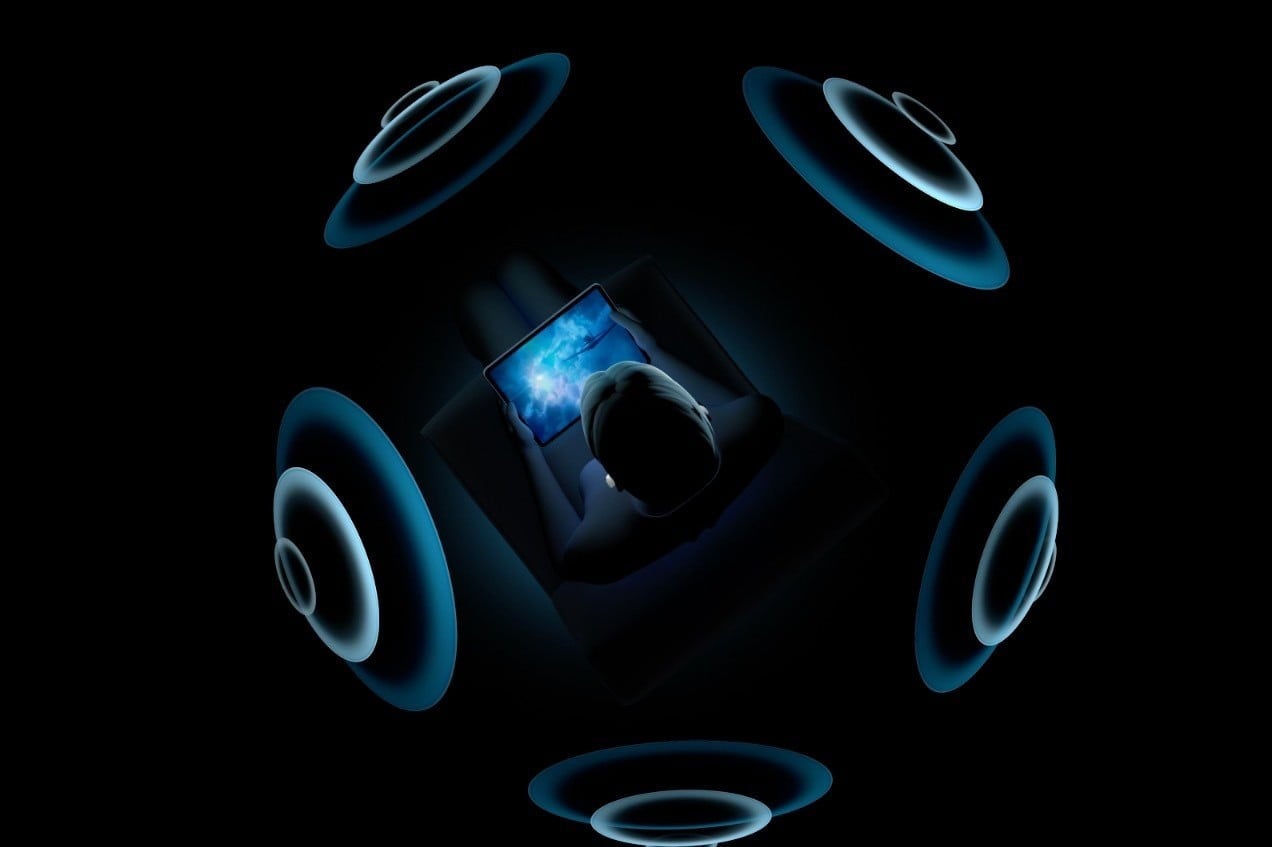
Earlier this year, Apple announced Spatial Audio for Apple Music. It works in a similar fashion — providing tools for audio engineers to fine-tune the stereo field and create a more immersive soundscape.
Of course, Spatial Audio tracks on Apple Music also suffer the reality of 360 Audio by Sony — the songs need to be especially re-mastered to support it. So, you won’t meet them throughout your whole library.
But, with iOS 15, Apple’s Spatial Audio will get a major boost in popularity
iOS 15 and AirPods can turn any song into a Spatial Audio track
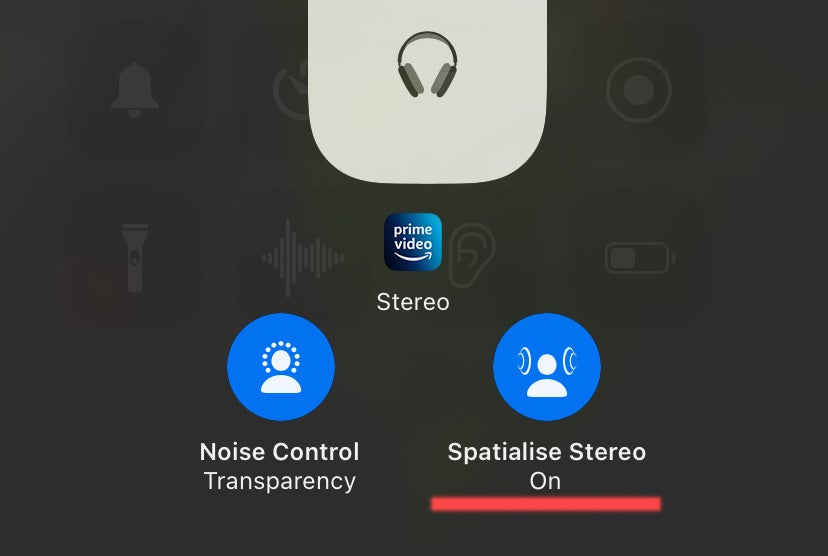
With iOS 15 Beta, we have noticed a new toggle in the Control Center. With AirPods Pro or AirPods Max, when you are listening to any media — be it a YouTube video, a music stream, or a Netflix show — you have a new “Spatialize Stereo” toggle.
Make no mistake, it’s not as good as having the audio specifically mastered with the new tools for the new standard. There’s no articstic vision — just what the algorighm decides the stereo should translate as.
However, from our tests, we’ve found it’s pretty good. Low rumbles echo out towards the middle of the soundstage. Higher frequencies bounce off as if we are in a room with the sound source. The reverb effect the particular track has gets subtly enhanced.
This is what puts Apple’s Spatial Audio ahead of Sony’s 360 Reality Audio
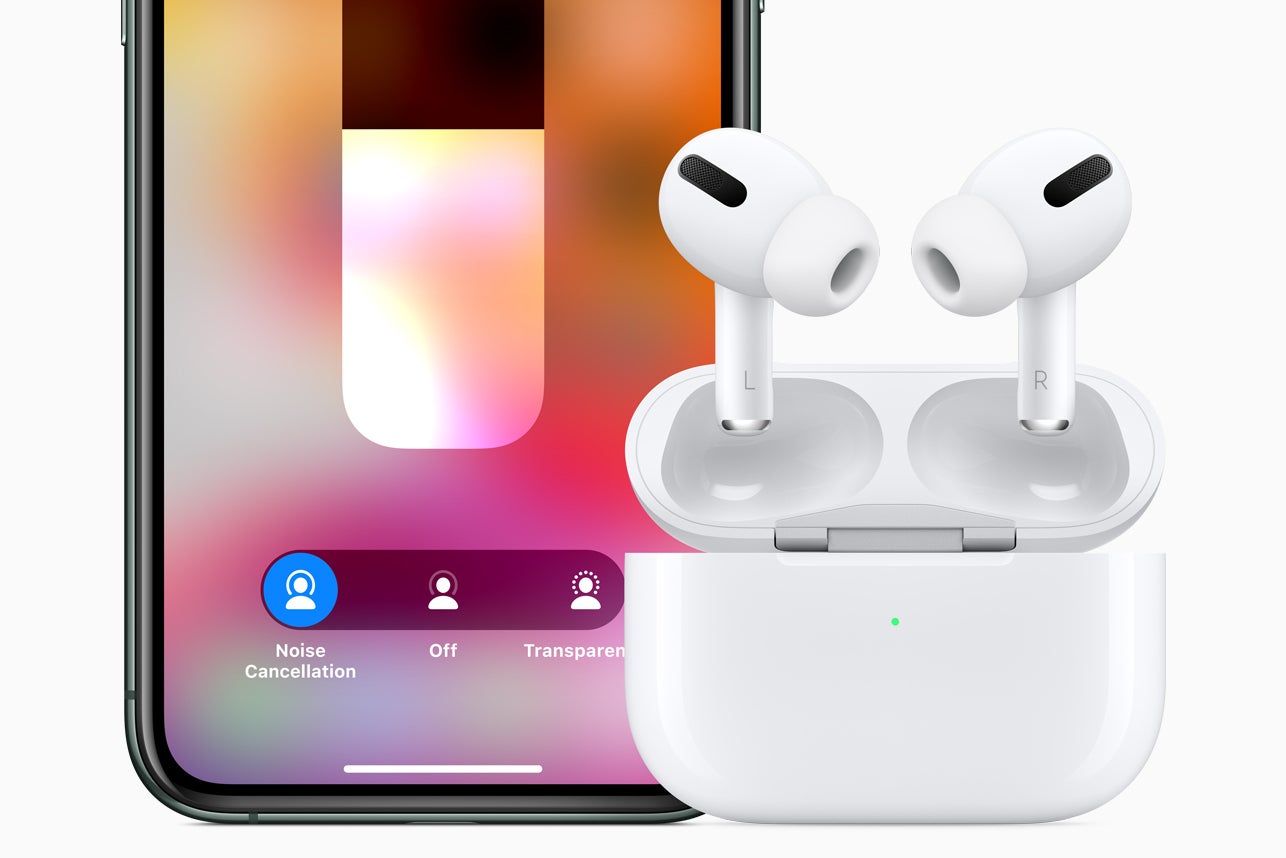
Provided, you need to have a pair of AirPods Pro or Max for this, Spatial Audio becomes much more accessible to you. Not only is it available with the Apple Music tier you are already using, you also get to enjoy Spatial Audio on tracks that haven’t been mastered for it.
So, you don’t get the jarring effect of some tracks sounding… spatial, while others don’t. You get the same audio effect throughout your whole playlist.
The ball is very much in Sony’s court at this point. It needs to both make 360 Reality Audio accessible to a wider audience, and it needs to find a way to get more 360 Reality tracks out there.
The good news?
Sony is working with Google on an answer to this
Code diggers have found lines of code in the Android Open Source Project, submitted by Sony and Google that reveal some interesting tidbits. It appears as if Google and Sony are partnered and working together to bring native MPEG-H to Android.

This could be huge — it will mean that you don’t need to use a specific app and a specific service to get the 3D Reality Audio effect — it will be supported and be a feature of the core Android operating system.
Follow us on Google News


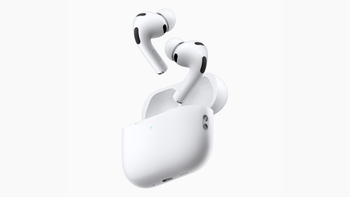
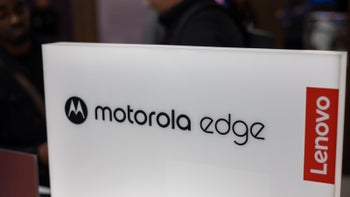



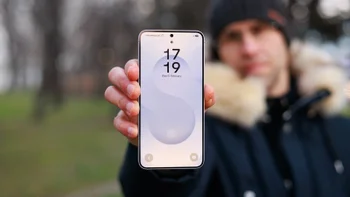
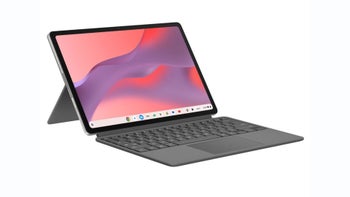
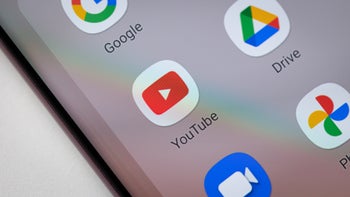

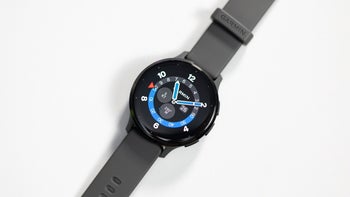
Things that are NOT allowed:
To help keep our community safe and free from spam, we apply temporary limits to newly created accounts: